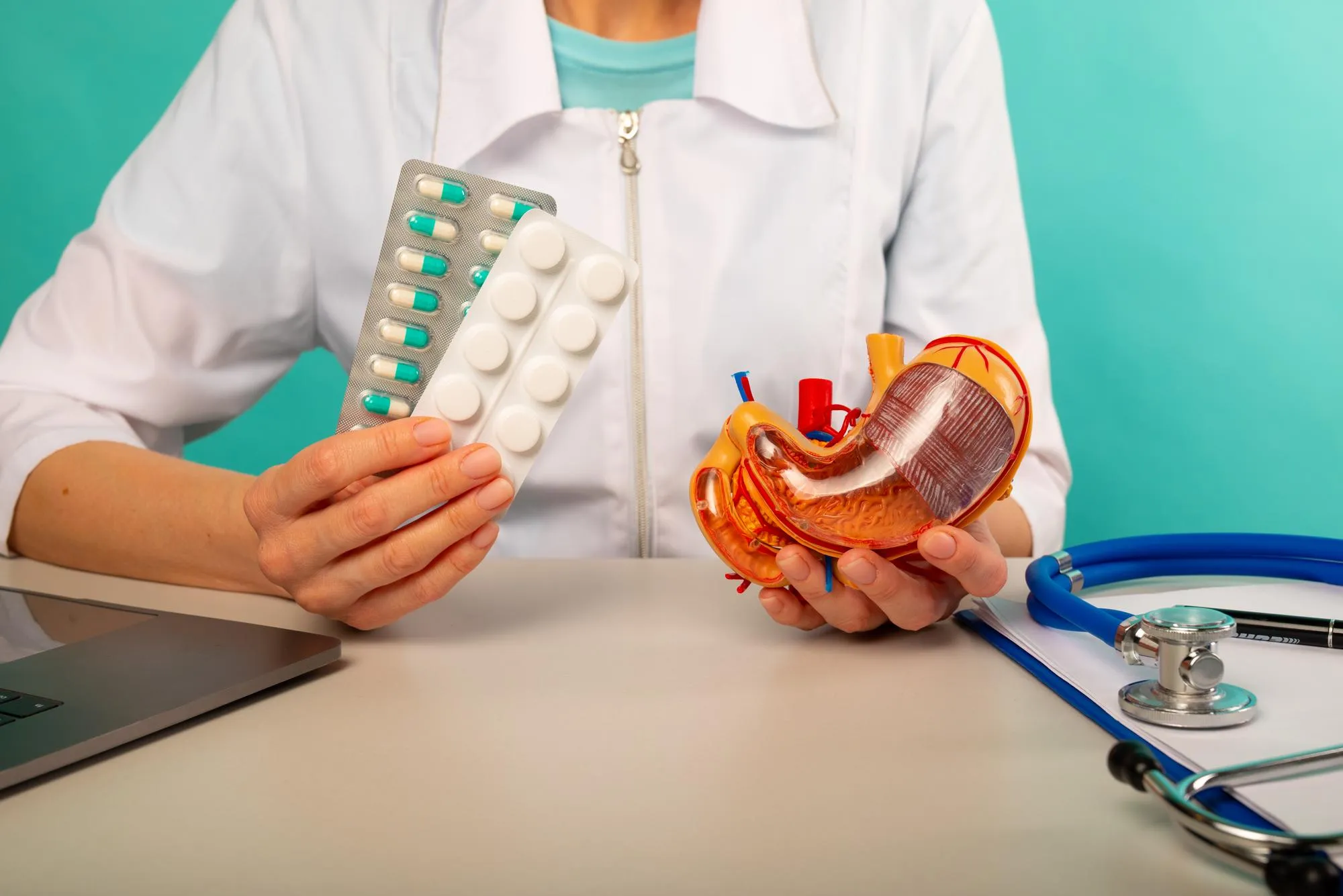Understanding the Impact of Bacterial Shape on Pathogenicity and Disease Progression
Helicobacter pylori, a spiral-shaped bacterium that has evolved to inhabit the harsh acidic environment of the human stomach, afflicts half of the world’s population. Pivotal research, as published in Infection and Immunity (DOI: 10.1128/IAI.00904-18), demonstrates that the shape of H. pylori is a critical factor in its ability to colonize the stomach and induce gastric disease during chronic infection.
Key Insights into H. pylori’s Pathogenesis
The study, spearheaded by Laura E. Martínez and colleagues from the Fred Hutchinson Cancer Research Center and the University of Washington, unveiled that nonhelical mutants of H. pylori show significantly attenuated gland colonization and elicit less gastric pathology compared to their helical counterparts during chronic infection.
The intriguing research sheds light on the unique adaptations of H. pylori that allow it to occupy its ecological niche within the human body, inflict persistent infections, and possibly lead to severe gastric diseases, including peptic ulcers and cancer.
Shape Matters: The Role of H. pylori Morphology
In their comprehensive comparative study, the researchers genetically engineered nonhelical mutants of H. pylori by disrupting the csd6 gene, a determinant of the bacterium’s characteristic helical cell shape. Animal model outcomes revealed that these nonhelical mutants lost their proficiency in colonizing the deeper regions of the stomach’s glandular epithelium.
Additionally, histological analysis indicated that the nonhelical bacteria instigated a less severe inflammatory response. These findings align with the hypothesis that the helical morphology of H. pylori is not merely a structural attribute but is pivotal for successful colonization and pathogenesis in the host.
Gastric Colonization: The Role of Helical Bacteria
Martínez et al.’s research underscores the concept that H. pylori’s helical shape is more than an anatomical novelty; it is an evolutionary trait honed for survival and pathogenicity. The helix facilitates movement through the mucous layer of the stomach, promoting colonization of a preferred niche—an interface where the bacterium can steadily interact with gastric epithelial cells.
Upon establishment within the stomach glands, H. pylori is known to contribute to a range of pathophysiological changes, including chronic gastritis, disruption of epithelial cell junctions, and eventual progression to gastric atrophy or neoplasia, depending on host and environmental factors.
Implications for Future Research and Therapeutic Strategies
With H. pylori’s resistance to antibiotic regimens increasingly becoming a global concern, understanding the nuances of the bacterium’s morphology and pathogenic strategies opens avenues for novel therapeutic interventions targeting bacterial shape and motility.
By unraveling the mechanisms underlying the reduced pathogenicity of nonhelical H. pylori mutants, this research not only contributes to the scientific community’s knowledge but also paves the road for the development of alternative strategies that mitigate the bacterium’s disease-causing potential without solely relying on conventional antibiotic treatments.
References Expounding the Research Findings
The work of Martínez and collaborators sits on the shoulders of key studies in the field:
1. Hooi, J. K. Y., et al. (2017). Global prevalence of Helicobacter pylori infection: systematic review and meta-analysis. Gastroenterology, 153:420–429. DOI:10.1053/j.gastro.2017.04.022
2. Cover, T. L., & Blaser, M. J. (2009). Helicobacter pylori in health and disease. Gastroenterology, 136:1863–1873. DOI:10.1053/j.gastro.2009.01.073
3. Eaton, K. A., et al. (1991). Essential role of urease in pathogenesis of gastritis induced by Helicobacter pylori in gnotobiotic piglets. Infect Immun, 59:2470–2475. DOI:10.1128/IAI.00524-10
4. Nakamura, H., et al. (1998). Urease plays an important role in the chemotactic motility of Helicobacter pylori in a viscous environment. Infect Immun, 66:4832–4837. DOI:10.1016/j.gtc.2013.01.006
5. Tsuda, M., et al. (1994). Essential role of Helicobacter pylori urease in gastric colonization: definite proof using a urease-negative mutant constructed by gene replacement. Eur J Gastroenterol Hepatol, 6(Suppl 1):S49–S52. DOI:10.1111/j.1365-2958.2010.07383.x
Keywords
1. Helicobacter pylori chronic infection
2. Gastric colonization H. pylori
3. H. pylori helical shape
4. Nonhelical mutants H. pylori
5. H. pylori gastric pathology
The study’s insights into the interplay of H. pylori morphology and pathogenicity mark a significant milestone, not only illuminating the sophisticated survival strategies of a prevalent microorganism but also offering diagnostic and therapeutic benchmarks pertinent to half of the human population gripped by this stealthy gastric colonizer.
